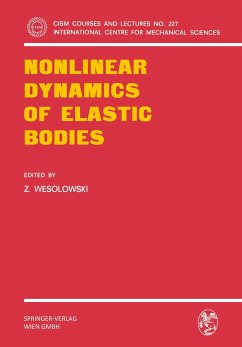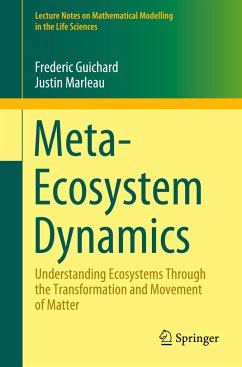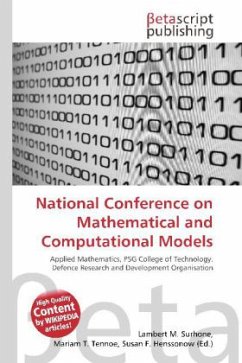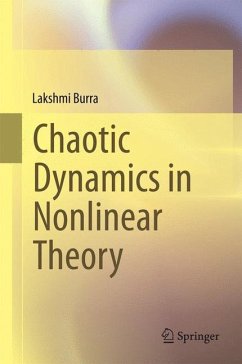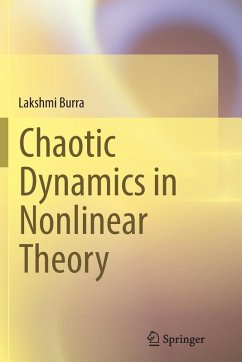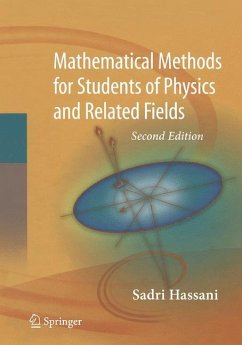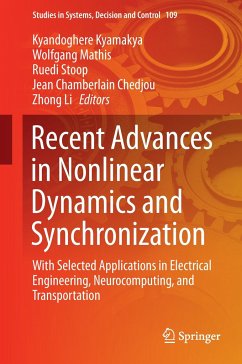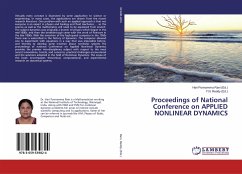
Proceedings of National Conference on APPLIED NONLINEAR DYNAMICS
Versandkostenfrei!
Versandfertig in 6-10 Tagen
41,99 €
inkl. MwSt.

PAYBACK Punkte
21 °P sammeln!
Virtually every concept is illustrated by some application to science or engineering. In many cases, the applications are drawn from the recent research literature. One problem with such an applied approach is that not everyone is an expert in physics and biology and fluid mechanics ... so the science as well as the mathematics will need to be explained from scratch. The subject dynamics was originally a branch of physics which began in the mid-1600s, and then the breakthrough came with the work of Poincare in the late 1800s. With the invention of the high-speed computer in the 1950s there was...
Virtually every concept is illustrated by some application to science or engineering. In many cases, the applications are drawn from the recent research literature. One problem with such an applied approach is that not everyone is an expert in physics and biology and fluid mechanics ... so the science as well as the mathematics will need to be explained from scratch. The subject dynamics was originally a branch of physics which began in the mid-1600s, and then the breakthrough came with the work of Poincare in the late 1800s. With the invention of the high-speed computer in the 1950s there was a watershed in the history of dynamics. The computer allowed one to experiment with equations in a way that was impossible before, and thereby to develop some intuition about nonlinear systems. The proceedings of national Conference on Applied Nonlinear Dynamics provides the premier interdisciplinary subject with respect to the most recent innovations, trends, and concerns, practical challenges encountered and the solutions adopted in the field of Nonlinear Dynamics. The scope of this book encompasses theoretical, computational, and experimental research on dynamical systems.



